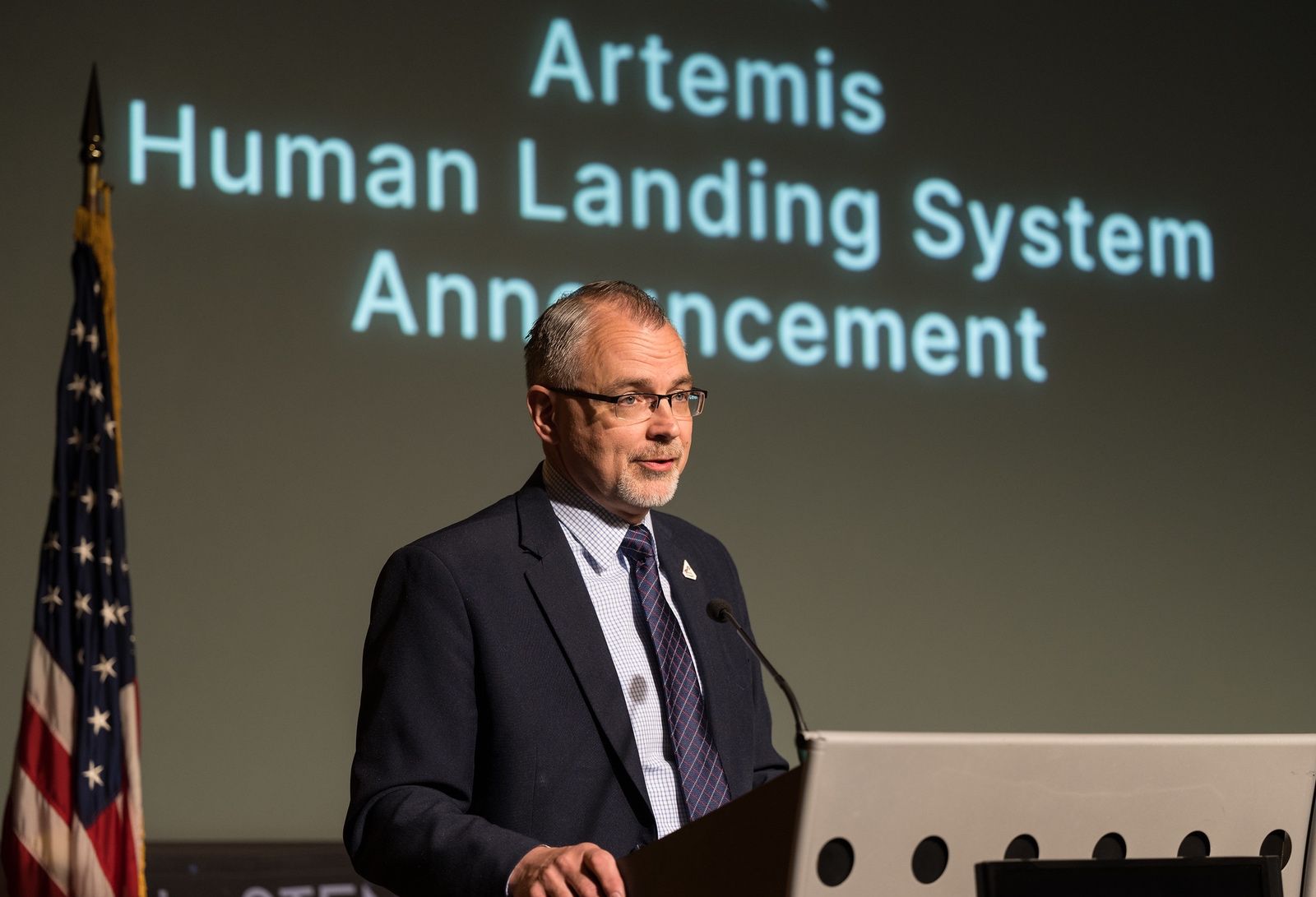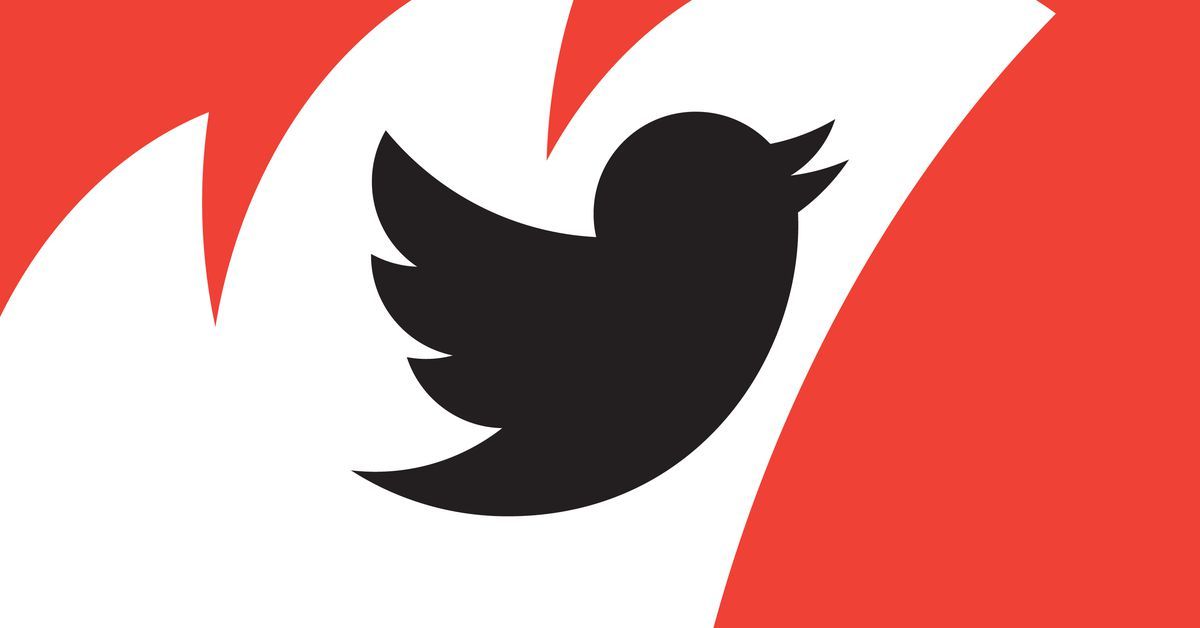Technical strengths and lower cost led NASA to select Blue Origin lander
WASHINGTON — NASA selected Blue Origin to develop a second Artemis lunar lander because of technical strengths such as an aggressive schedule of test flights as well as its lower cost.
In a source selection statement published shortly after NASA announced it picked Blue Origin for the Sustaining Lunar Development (SLD) award May 19, the agency explained how it selected that company’s proposal over a competing bid by Dynetics.
Jim Free, NASA associate administrator for exploration systems development, served as the source selection official for the competition and wrote in the statement that he agreed with the agency’s analysis of the proposals. “This analysis leads me to the conclusion that Blue Origin’s proposal is the most advantageous to the Agency across all evaluation factors, and it aligns with the objectives of the solicitation,” he wrote in the statement, signed May 8.
Several aspects of Blue Origin’s proposal for its Blue Moon lander stood out to him. Among them was Blue Origin’s plans for a series of missions to test its lander technology before the required uncrewed test flight of the lander. The statement specifically mentions “pathfinder lander missions” in 2024 and 2025 that would mature key elements that currently have low technology readiness levels (TRLs) before the uncrewed test.
“I find this aspect of the proposal to be compelling — it is a forward-thinking solution to mature key low-TRL technologies allowing for incorporation for any changes into the final design,” Free wrote. He added that “there is no financial impact to NASA because the pathfinder missions are being funded by Blue Origin.”
The statement does not mention which technologies would be demonstrated on those pathfinder missions. During the NASA briefing, John Couluris, Blue Origin program manager, said the company planned “a number of test launches and landings,” details of which would be disclosed later.
Those would involve a “Mark 1” version of the lander “to prove technologies for these future landers, before crew members even step inside,” he said. Blue Moon would not carry people until the Artemis 5 mission.
Before Artemis 5, Blue Origin will carry out an uncrewed landing with the same version of the lander that will carry people. Free noted that while NASA only required companies to carry out a landing for the Uncrewed Flight Test (UFT) that demonstrated precision landing capabilities, Blue Origin is carrying out a full test of the lander, including life support systems, and the ability to launch back to the near-rectilinear halo orbit.
“I find that using a fully matured crewed lander configuration for the UFT is another compelling aspect of the technical proposal — it is a significant strength that is highly advantageous to NASA because it will decrease risk to the crewed demonstration mission,” he wrote.
The source selection statement also identified as significant strengths in the proposal “excess capabilities” in the lander that allow it to carry out additional missions, as well as a business approach that includes a significant investment and “a strong commitment to future cost reductions.” Couluris said at the briefing that the company would contribute significantly more to the development of Blue Moon than NASA’s $3.4 billion.
However, NASA did identify two weaknesses in Blue Origin’s proposal. One involves its communications system, which had a risk of not meeting agency requirements for continuous communications. The other is the company’s Integrated Master Schedule, which Free wrote “contains numerous conflicts and omissions.”
The Dynetics proposal won strengths for offering excess capabilities, like Blue Origin, for other classes of landing missions, and for a business approach that envisions other customers and missions for its lander architecture. “Dynetics’ business approach is flexible in the concepts presented and aligns with continuing to build the commercial space economy,” Free stated.
NASA, though, raised concerns about whether the Dynetics lander would meet all the requirements, noting some confusion between two different landers mentioned in the proposal. “I am highly concerned with this proposed approach and consider these flaws to be a significant weakness because I am unclear which capabilities will be demonstrated on the CDM,” or Crew Demonstration Mission, Free wrote, citing it as a significant weakness.
Another significant weakness is that Dynetics proposed maturing eight major technologies on a single test flight in 2027, nine months before the review for the CDM. That approach, he warned, “allows very little opportunity to impact the CDM lander build and operation should the need for design or operational changes arise while maintaining schedule.”
The statement did not disclose the price Dynetics offered for the lander, but the statement noted it was “substantially higher” than Blue Origin’s proposal.
In a statement to SpaceNews, Dynetics and its parent company, Leidos, appeared to accept the outcome of the competition and showed no sign it would file a protest. Both Blue Origin and Dynetics had protested the selection of SpaceX for the original Human Landing System award, but had that rejected by the Government Accountability Office.
“Helping NASA with the inspiring efforts to return to the moon will remain a priority for Leidos. The Artemis missions require multiple partners to achieve success, and our Leidos-Dynetics team is committed to continuing to assist on these critical missions,” the company said, citing work on several projects and plans to bid on a Lunar Terrain Vehicle rover for later Artemis missions.
Source: SpaceNews


